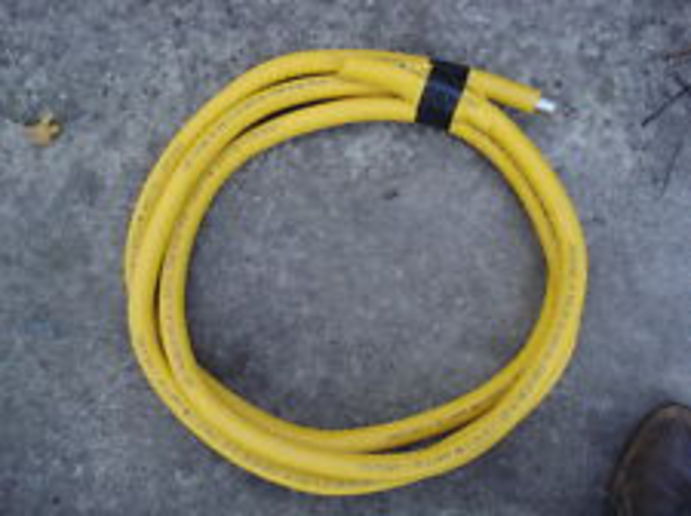Well....after many years I will getting natural gas brought down my road.
I need to know what I can use for gas line after it gets into my house.
My current propane is on the opposite end of where the natural gas will be installed. (So I cannot just use the existing black pipe)
I have never seen plastic tubing used for natural gas line, but I see that the gas line under the road being installed a mile away is heavy 4" diameter stuff. Can a guy use 1" diameter poly tube to hook up under a house?
Running 60+ feet of black pipe with the couplers will really be a pain in the azz.
I need to know what I can use for gas line after it gets into my house.
My current propane is on the opposite end of where the natural gas will be installed. (So I cannot just use the existing black pipe)
I have never seen plastic tubing used for natural gas line, but I see that the gas line under the road being installed a mile away is heavy 4" diameter stuff. Can a guy use 1" diameter poly tube to hook up under a house?
Running 60+ feet of black pipe with the couplers will really be a pain in the azz.


